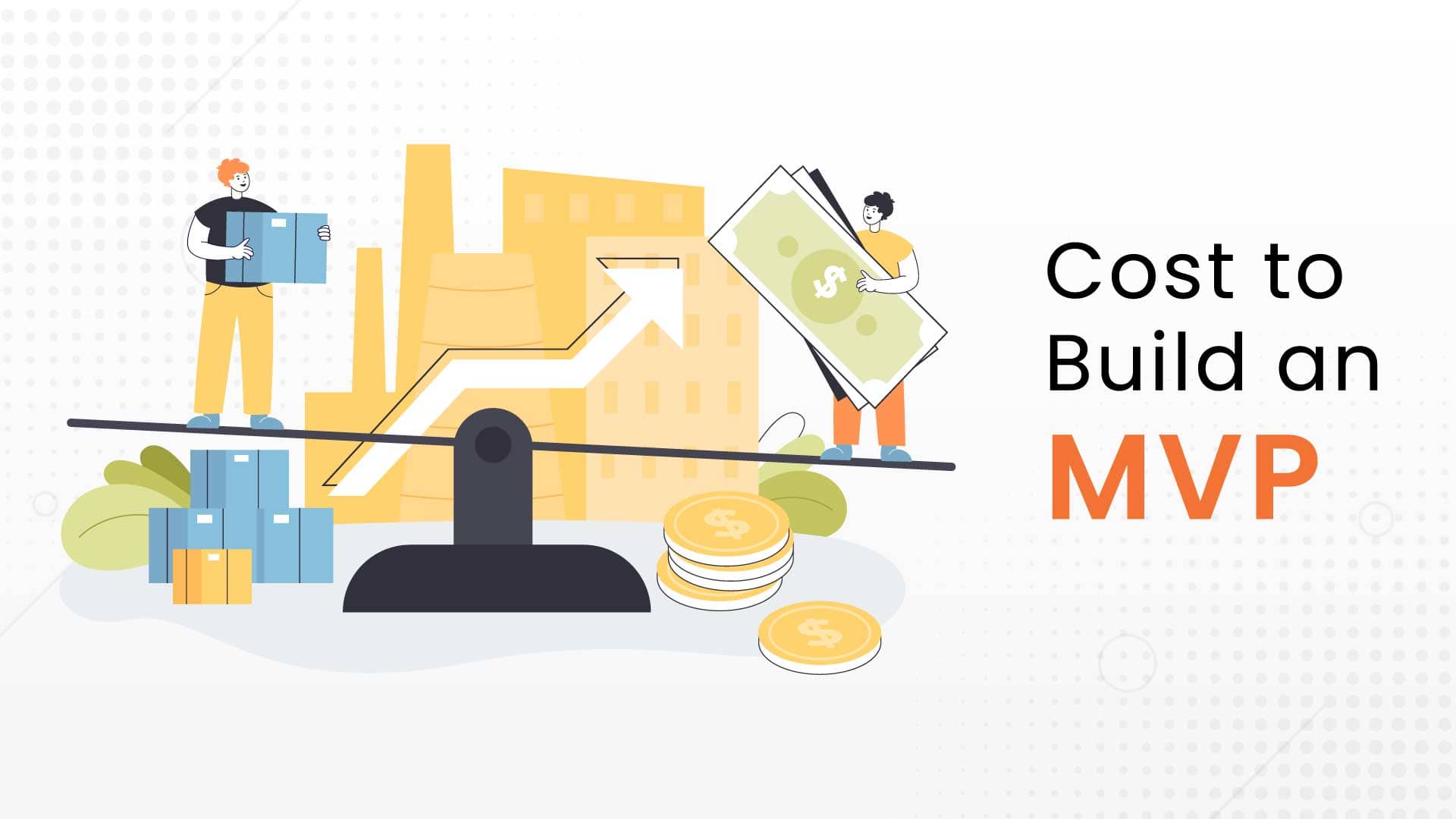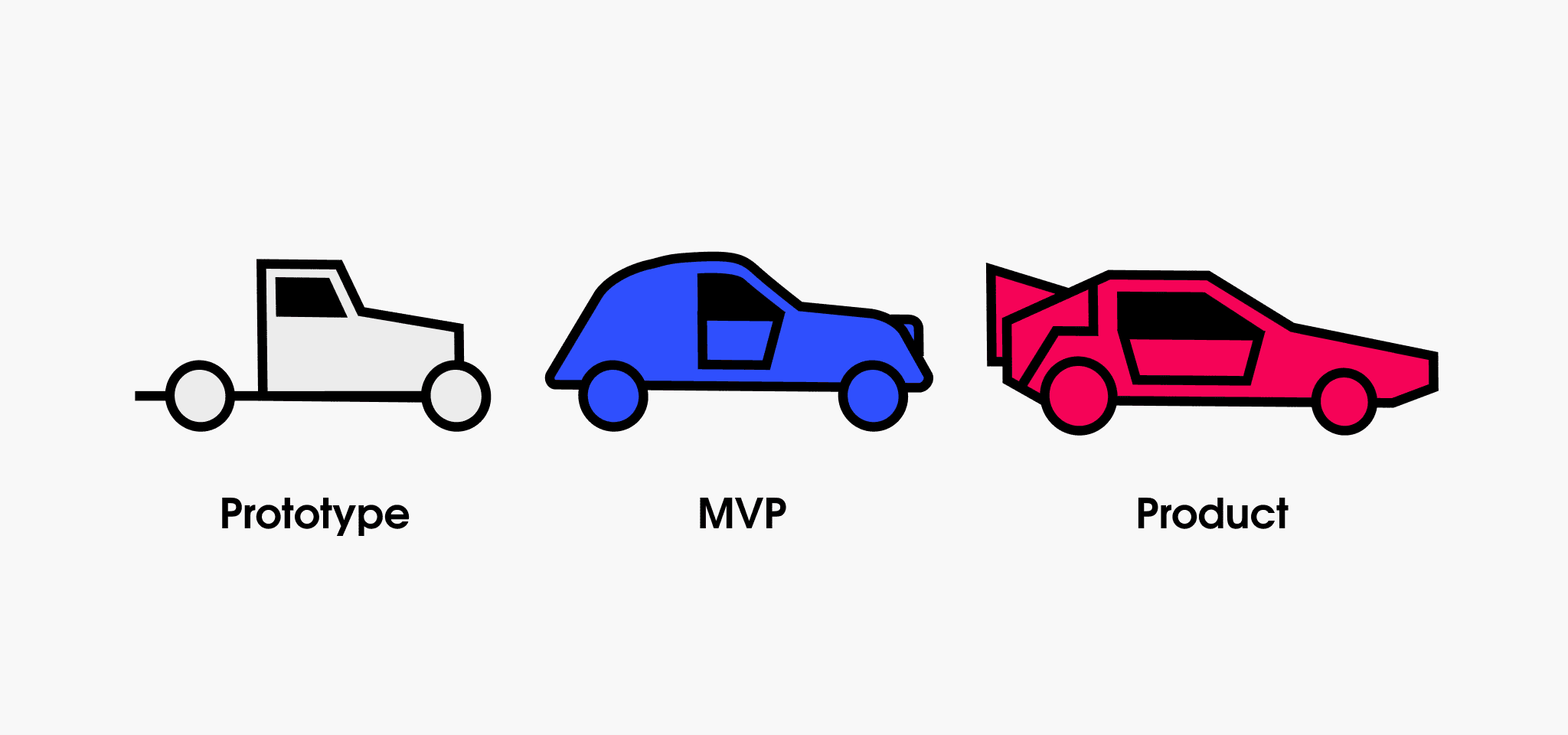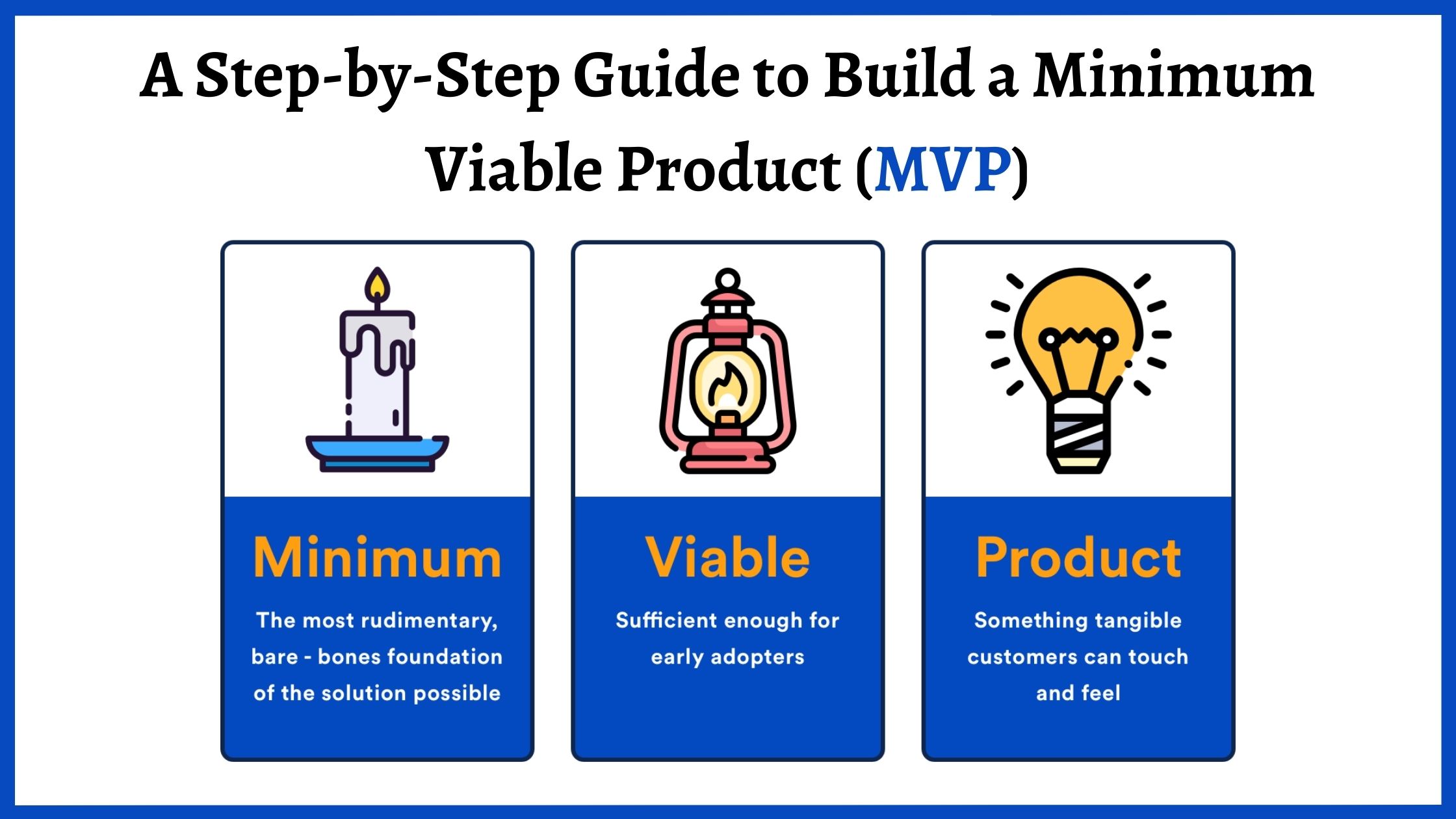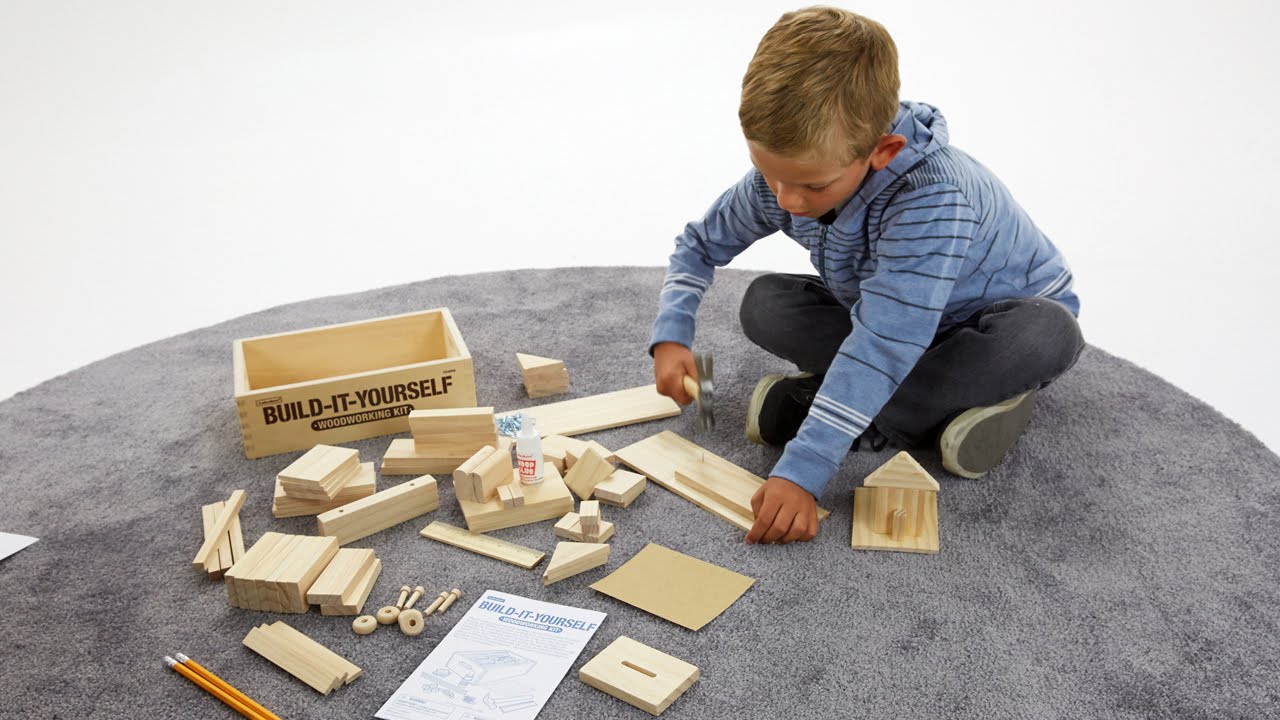Startup Innovation: The Ultimate Blueprint for Transformative Business Success
Discover cutting-edge strategies for building innovative startups, navigating market challenges, and creating breakthrough products that disrupt entire industries.

Introduction: The Startup Revolution Begins Now
Hold onto your hats, innovators and dreamers! We're about to dive deep into the wild, unpredictable world of startup innovation - where crazy ideas become world-changing realities. Buckle up for a journey that'll transform how you think about business, innovation, and your own entrepreneurial potential.
Why Innovation Isn't Just a Buzzword
Heads up, future disruptors! Innovation isn't some magical unicorn that appears overnight. It's a strategic, methodical process of turning wild ideas into market-changing solutions.
The Innovation Mindset: Thinking Beyond the Obvious
Breaking Free from Traditional Thinking Traps
Quick Insight: Innovative thinking is less about having a eureka moment and more about systematic problem-solving.
Key Characteristics of Innovative Thinkers
-
Radical Curiosity
- Questioning existing paradigms
- Embracing uncertainty
- Cultivating intellectual flexibility
-
Adaptive Resilience
- Transforming failures into learning opportunities
- Maintaining momentum despite setbacks
- Developing psychological durability
Ideation: The Birthplace of Groundbreaking Concepts
Frameworks for Generating Breakthrough Ideas
Idea Generation Matrix:
| Approach | Core Principle | Key Techniques |
|---|---|---|
| Design Thinking | Human-Centered Solutions | Empathy mapping, prototype testing |
| Reverse Innovation | Bottom-Up Problem Solving | Grassroots research, local insights |
| Cross-Disciplinary Approach | Combining Diverse Perspectives | Collaborative workshops, interdisciplinary teams |
Strategic Validation: From Concept to Market Potential
Rigorous Validation Methodologies
Validation Checklist:
- Market size analysis
- Competitive landscape assessment
- Initial customer interviews
- Prototype feasibility testing
Technology and Innovation: Choosing Your Digital Arsenal
Navigating the Complex Tech Ecosystem
Critical Technology Selection Criteria:
- Scalability potential
- Integration capabilities
- Long-term adaptability
- Cost-effectiveness
Product Development: Building Your Minimum Viable Product
The MVP Development Roadmap
MVP Development Stages:
- Concept definition
- Core feature identification
- Rapid prototyping
- User feedback collection
- Iterative refinement
Growth Strategies: Scaling Beyond Initial Success
From Startup to Market Leader
Exponential Growth Techniques:
- Strategic partnerships
- Continuous innovation
- Adaptive business models
- Customer-centric expansion
Financial Strategies: Funding Your Innovation Journey
Navigating the Investment Landscape
Funding Approach Breakdown:
- Bootstrapping techniques
- Angel investor strategies
- Venture capital considerations
- Alternative funding sources
Risk Management: Protecting Your Innovative Venture
Mitigating Potential Challenges
Risk Mitigation Framework:
- Comprehensive market research
- Flexible operational structures
- Robust financial planning
- Continuous learning mechanisms
Cultural Innovation: Building a Transformative Organization
Creating an Environment of Continuous Improvement
Culture-Building Strategies:
- Encouraging experimental thinking
- Rewarding calculated risk-taking
- Promoting transparent communication
- Developing adaptive leadership
Technological Trends: Staying Ahead of the Curve
Emerging Technologies Shaping Future Innovation
Key Technological Frontiers:
- Artificial Intelligence
- Blockchain technologies
- Quantum computing
- Sustainable tech solutions
Frequently Asked Questions
Q: How long does it take to develop an innovative product? A: Typically 6-18 months, depending on complexity and market dynamics.
Q: What's the biggest challenge in startup innovation? A: Balancing creativity with practical market viability.
Q: How much funding do I need to start an innovative venture? A: Ranges from $50,000 to $500,000, based on industry and product complexity.
Q: Can I innovate with limited resources? A: Absolutely! Strategic thinking often matters more than massive budgets.
Q: How do I protect my innovative ideas? A: Utilize a combination of patents, trade secrets, and strategic disclosure.
Q: What separates successful innovations from failures? A: Market fit, timing, and ability to solve genuine user problems.
Conclusion: Your Innovation Journey Starts Now
Innovation isn't a destination - it's a continuous journey of learning, adapting, and transforming. Armed with these strategies, you're not just building a product; you're crafting the future.
Remember: Today's crazy idea is tomorrow's industry standard.




